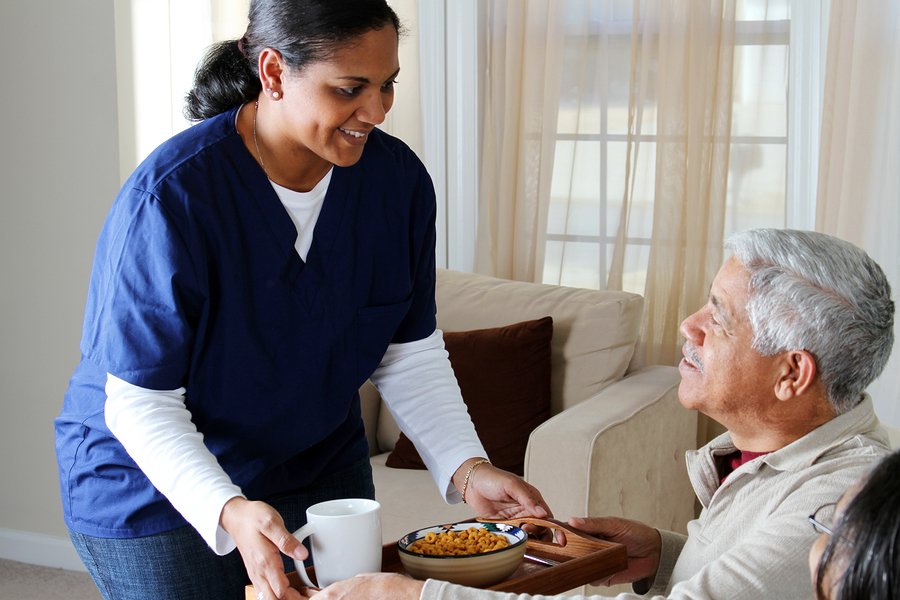
What is Live-In Care?
The terms “Live-In” and “24 Hour Care” are often used interchangeably. They are, however, two entirely different types of care. In “Live-In” Care, the care provider resides in the elderly client’s home. Although they sleep there at night, they are permitted at least eight to ten hours of rest and sleep. In those hours at night, they are expected to assist their senior client only for quick chores, such as going to the restroom.
By contrast, in the 24 hour type of care, shift caregivers are expected to remain on full duty for the entire duration of their shift, with only one or more quick breaks in between. The most common type of 24 hour care involves three 8-hour shifts in which the caregivers are alert and in full functioning mode.
Benefits of Live-In Care
Care recipients that opt for live-in caregivers benefit from the presence of someone with them day and night. Having made the fundamental decision to remain in the sanctity and comfort of their own homes, such care recipients love the live-in schedule for several reasons:
- Lower Cost: A considerable amount of money can be saved by using single live-in caregivers instead of 24 hour care provided by way of two or three shift personnel.
- Easy Transitioning: The live-in program is ideal for convalescing from injury or illness as it avoids the nervous periods during which shift changes are occurring.
- Better Communication: The care recipients’ family members enjoy talking to a single caregiver when they call for updates in their loved one’s health
- Greater Reliability: Live-in relationships involve greater bonding between the care providers and their patients; they have in the past shown less turnover in caregivers than in live-out relationships.
The cost-savings incurred in live-in arrangements make in-home care a stronger, more reliable living option than assisted living facilities.

